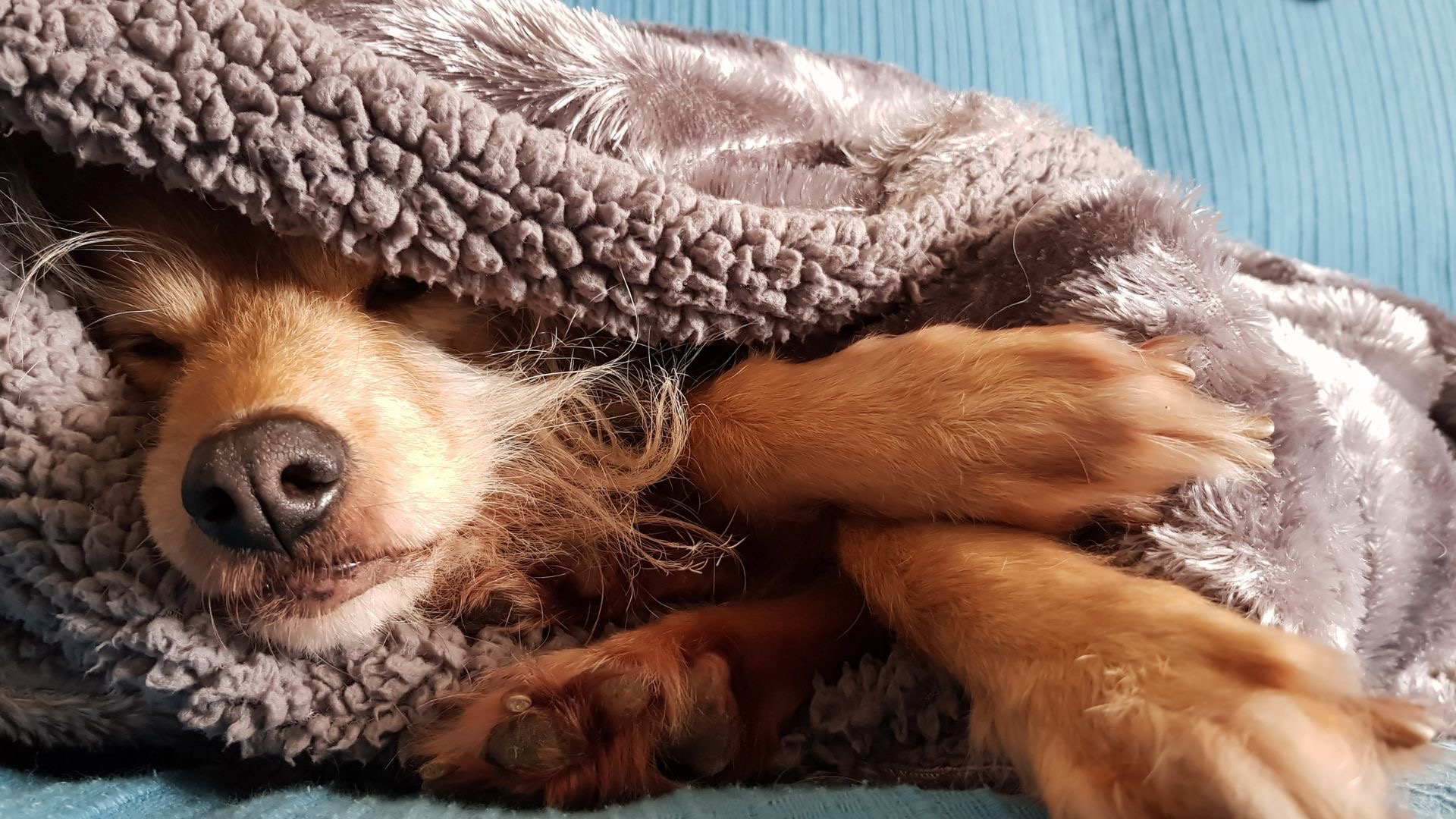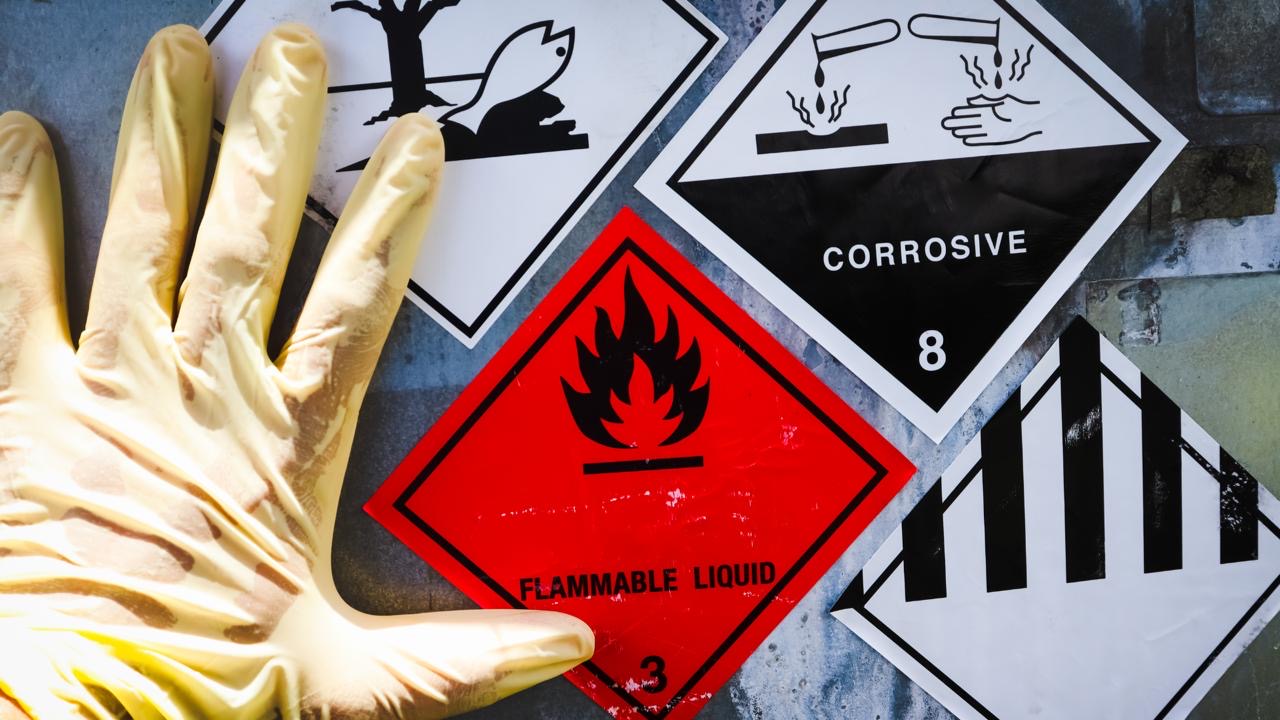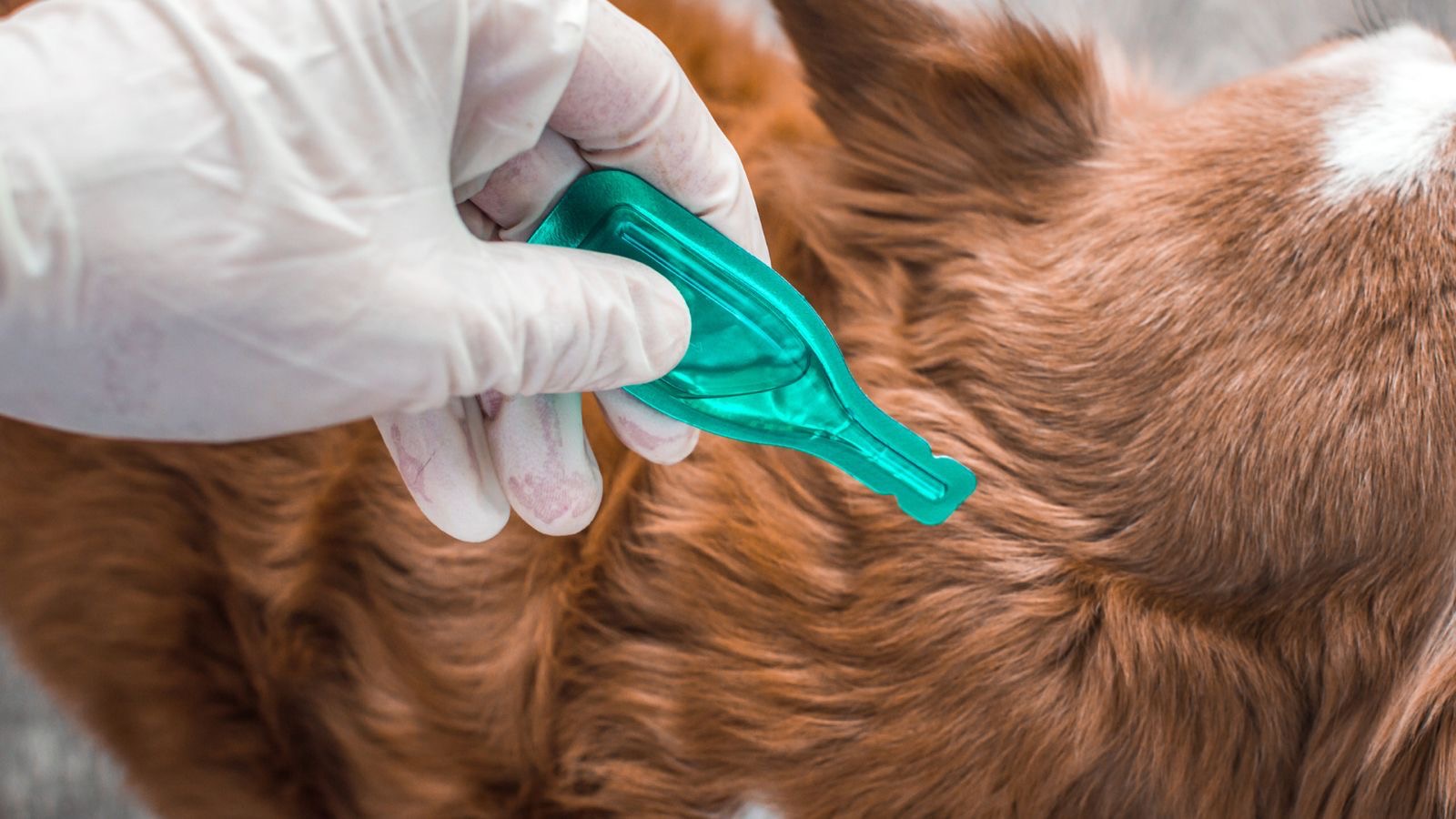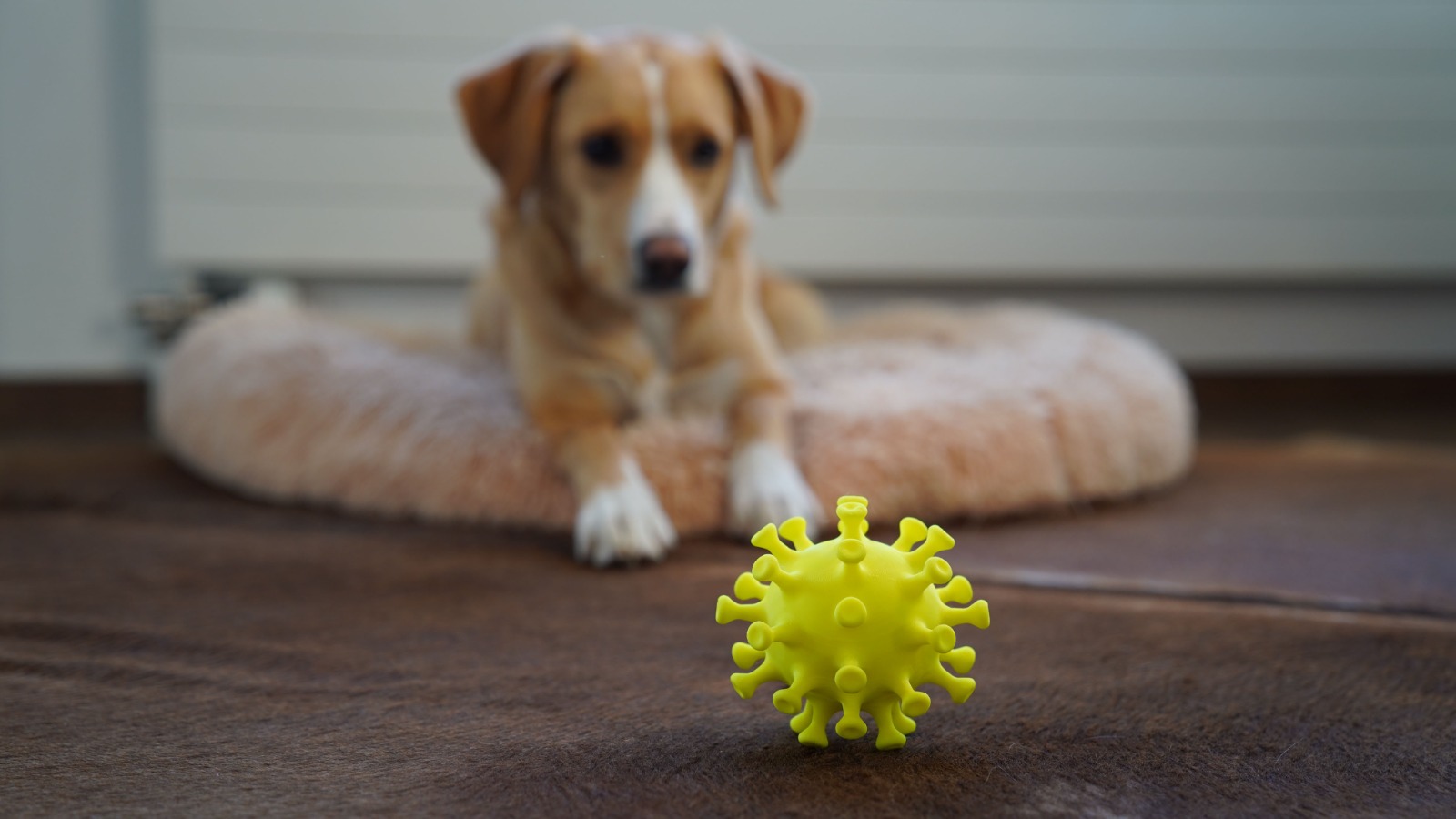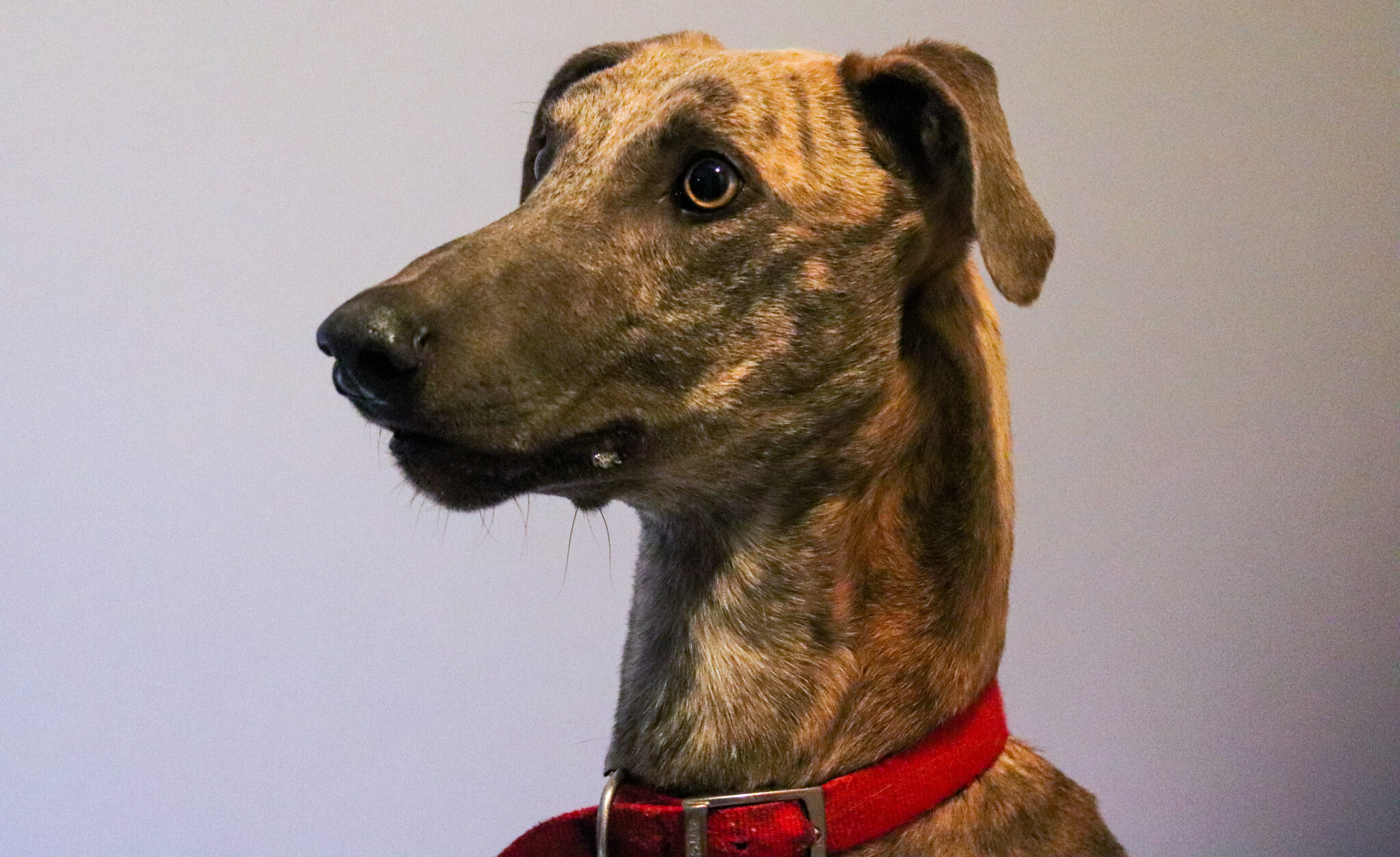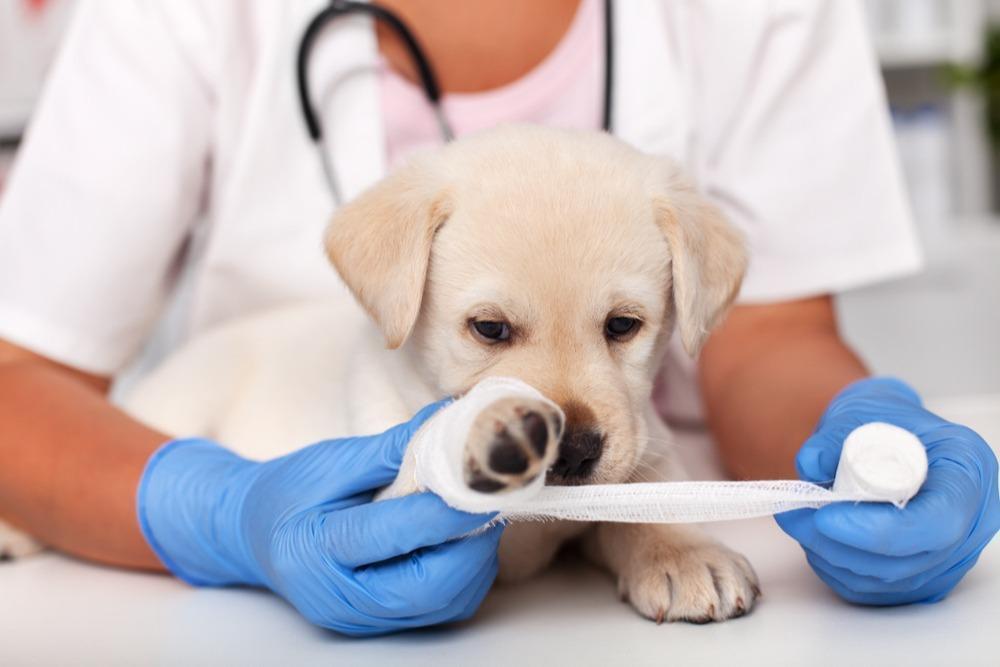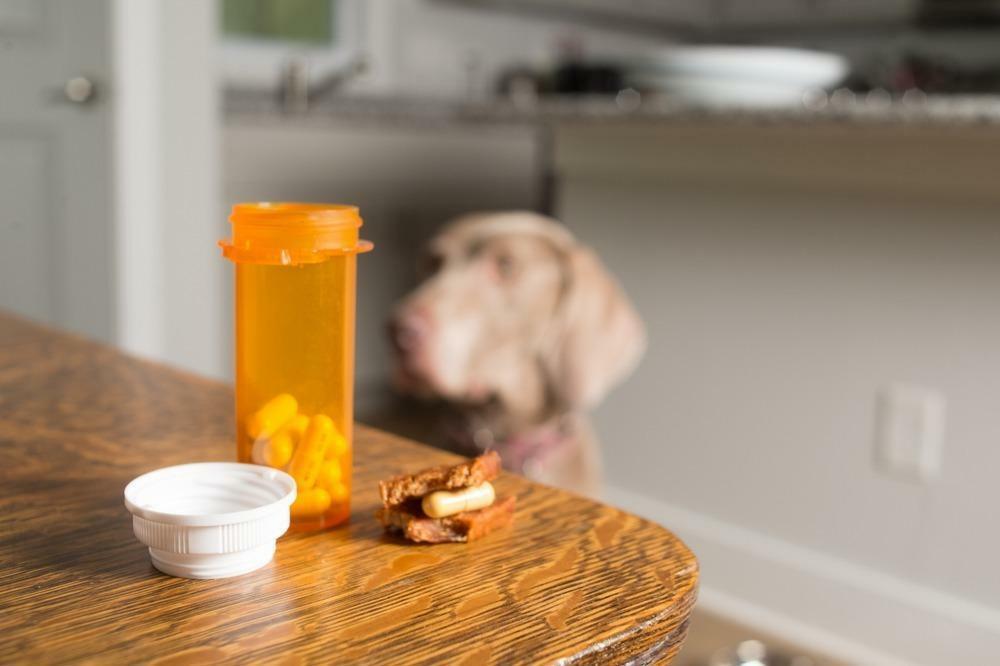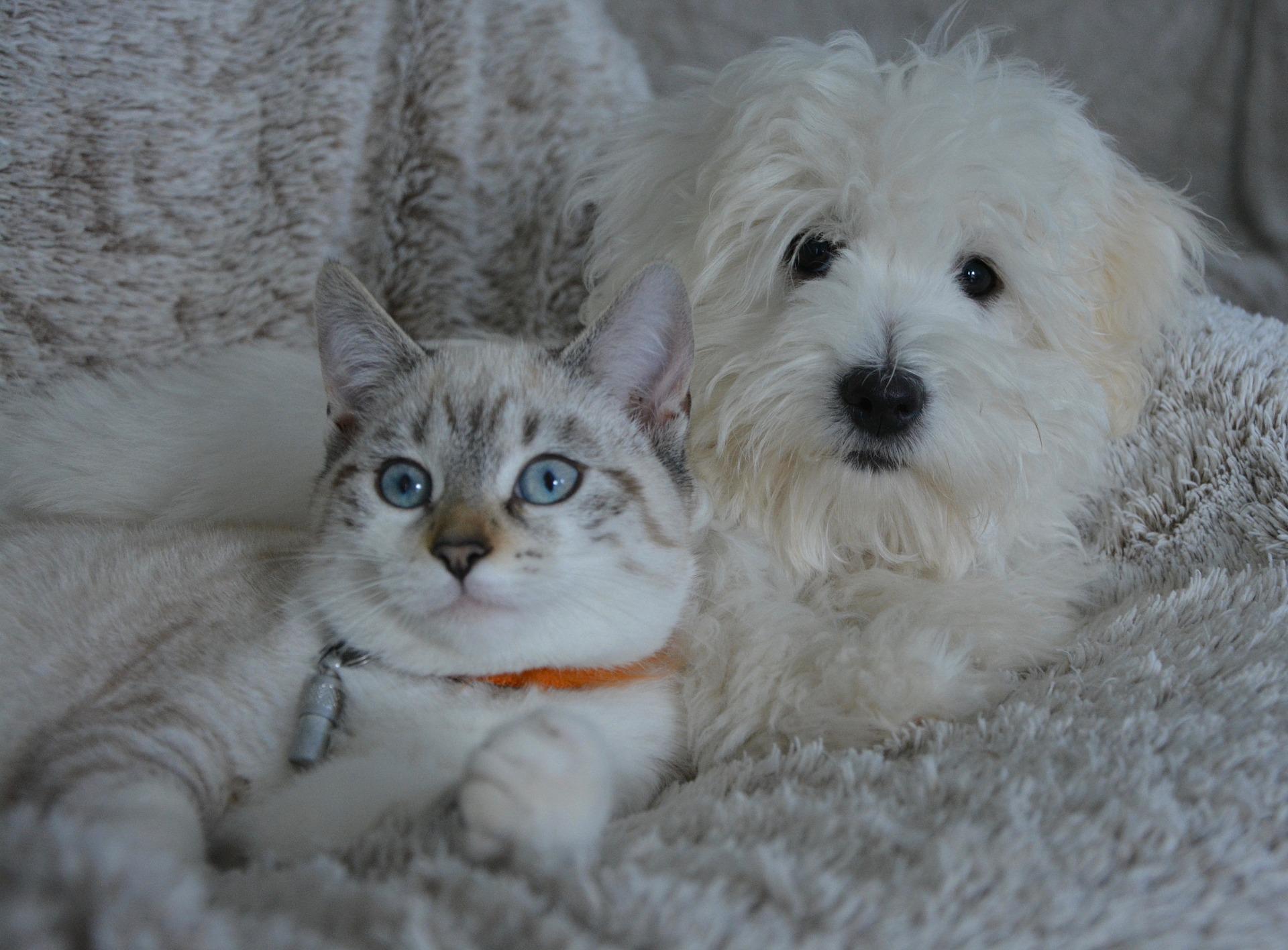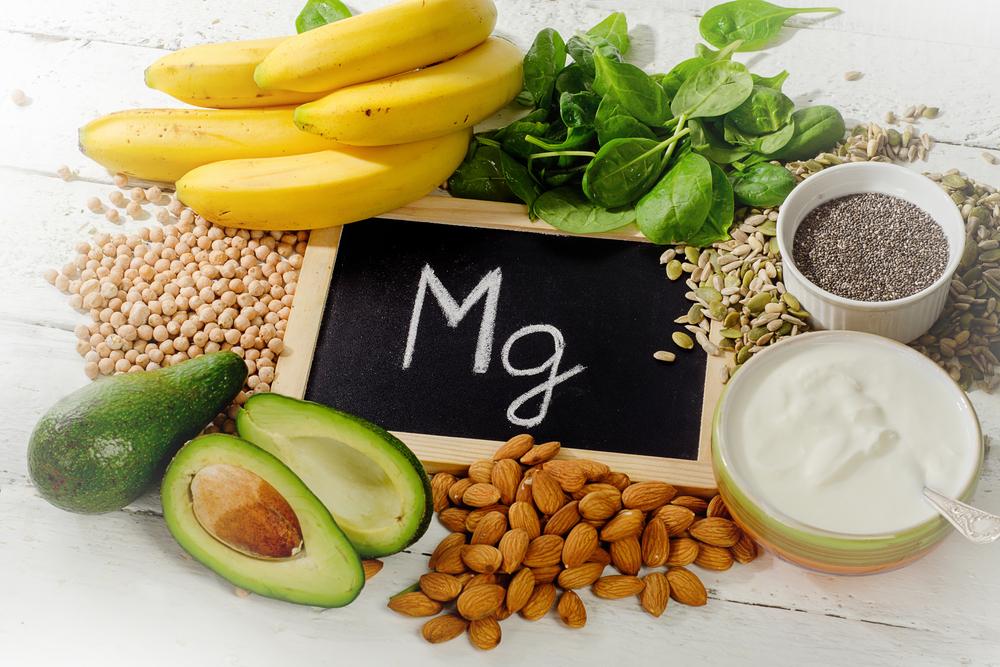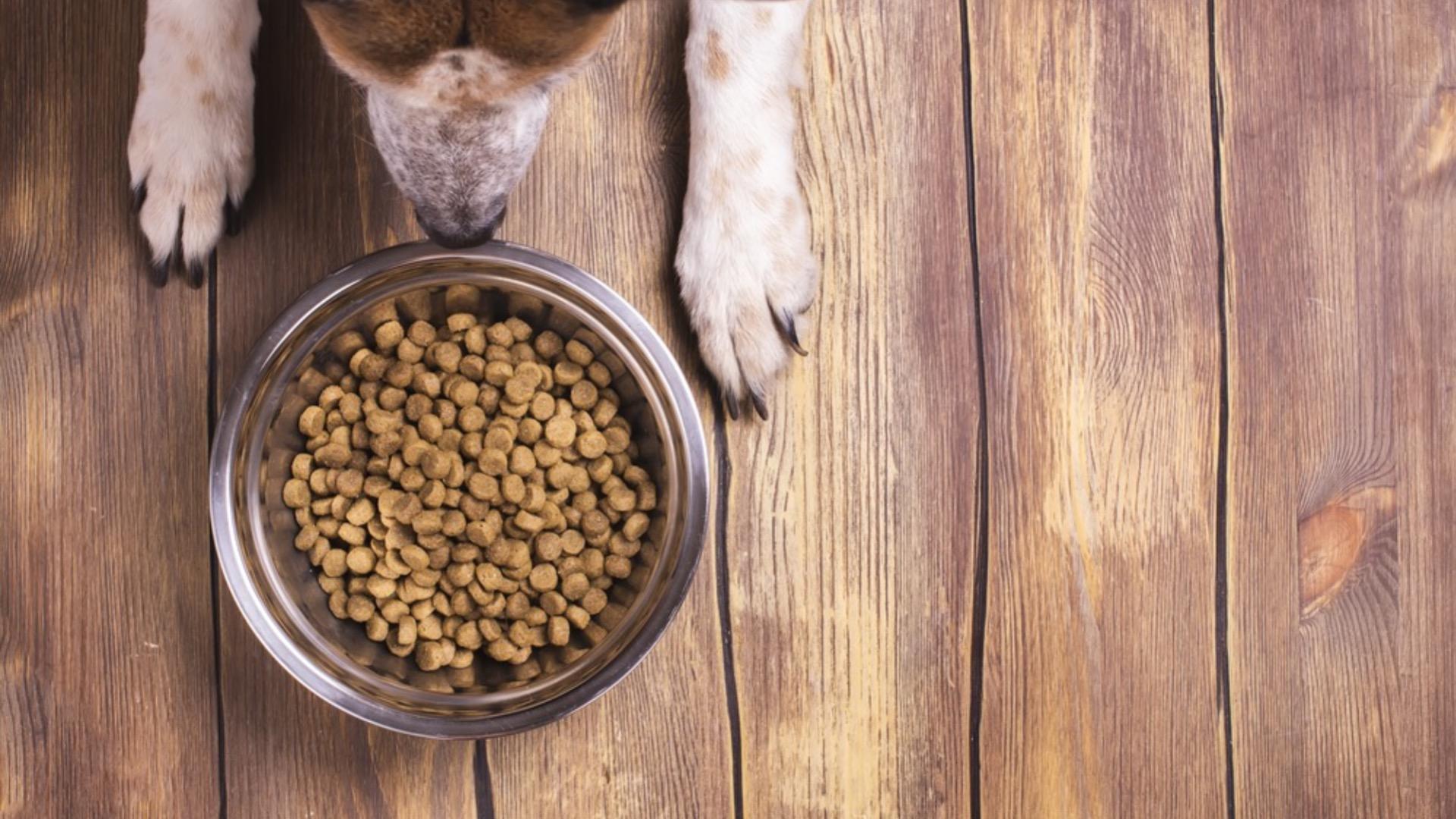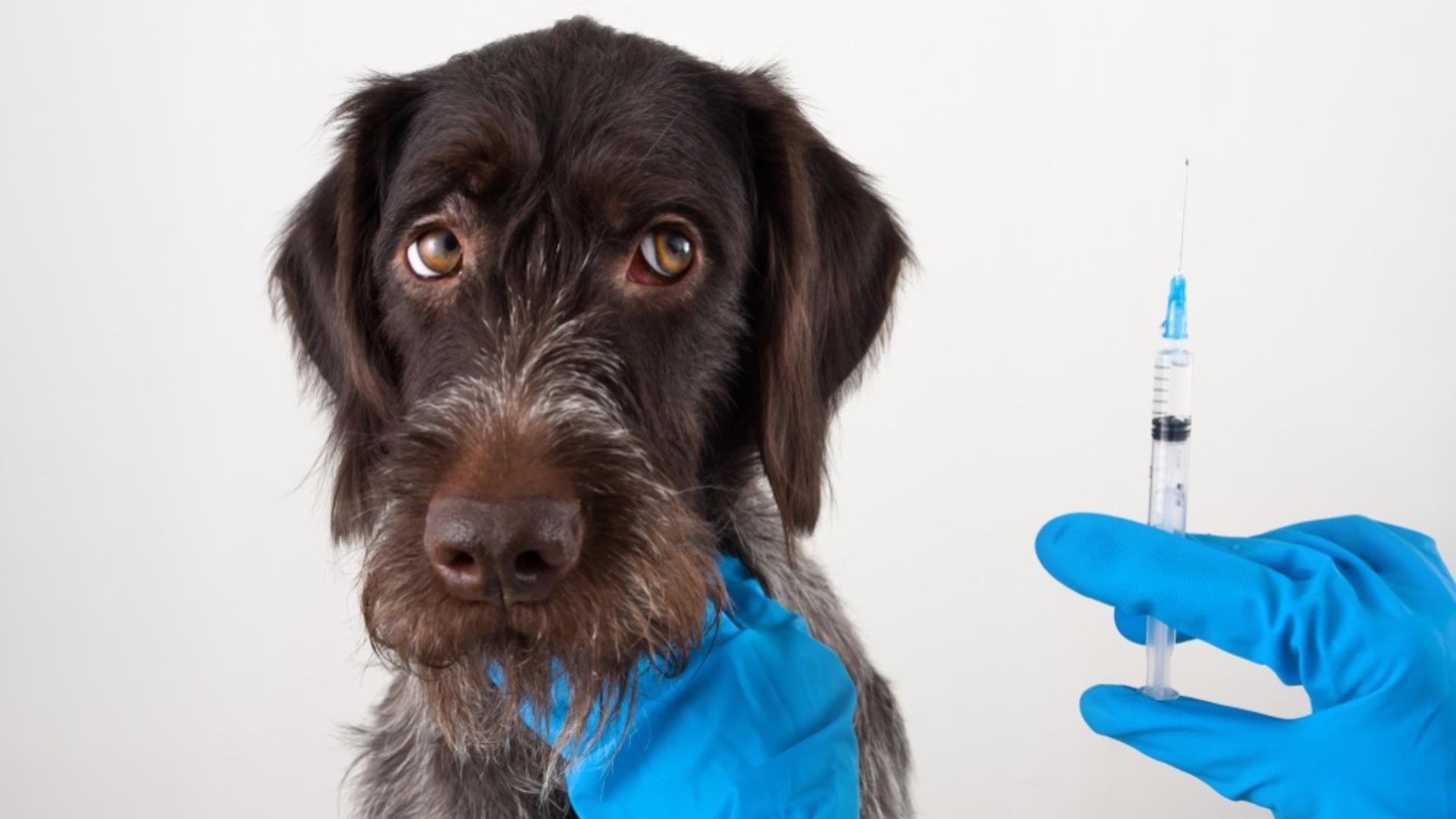Here at
My Pet Nutritionist, we often find that in many cases, immune function in some pets has gone a little awry. Being the thing that quite literally keeps us alive, you can see, how optimal immune function is kind of important.
So, we thought we’d give you a run through on its function.
What is the Immune System?
When the body is invaded by bacteria, a virus or parasites, an immune alarm goes off, setting off a chain reaction of cellular activity in the immune system. Specific cells are deployed to help attack the invading pathogen. Those cells often do the job, and the invader is destroyed. But sometimes, when the body needs a more sophisticated attack, it turns to a more specialised set of cells. These cells are like the special ops of the immune system—a line of defence that uses past behaviours and interactions to tell it exactly how to deal with the threat.
The immune system is responsible for all of this, and not surprisingly is has many systems to mobilise action.
We tend to explore the immune system in terms of innate immunity and adaptive or acquired immunity.
Innate immunity is what everyone is born with – it’s a type of general protection.
The innate immune system provides the first line of defence; broadly divided into physical and chemical barriers and nonspecific responses.
The physical barriers include the skin and mucosa (a membrane that lines cavities in the body) of the digestive and respiratory tracts. Saliva, tears, and mucous (that sticky material) all help to provide a barrier, as does the microbiome of the skin and gut. In the gut, stomach acid also provides a first line of defence as its acidity level can kill off potentially harmful pathogens. Hair inside the nose also traps pathogens and environmental pollutants. This is where you’ll recognise the age old having something stuck up your nose when you are viciously sneezing!
Pathogens that sneakily get past these first defences are then tackled by the next row of soldiers in the innate immune system.
There area number of white blood cells involved in innate immunity:
- Monocytes which develop into macrophages
- Neutrophils
- Eosinophils
- Basophils
- Natural Killer Cells
But there are also other participants:
- Mast Cells
- The Complement System
- Cytokines
Macrophages develop from a type of white blood cell called monocytes. Monocytes become macrophages when they move from the bloodstream to the tissues. They ingest bacteria, foreign cells, damaged and dead cells. This process is called phagocytosis, and cells that do the ingesting are called phagocytes. Macrophages secrete substances that attract other white blood cells to the site of the infection. They also help T cells recognise invaders and therefore also participate in acquired immunity (which we’ll come to later).
Neutrophils are among the first immune cells to defend against infection. They are phagocytes, which ingest bacteria and other foreign cells. Neutrophils contain granules that release enzymes to help kill and digest. Neutrophils also release substances that may trap bacteria, preventing them from spreading and making them easier to destroy.
Eosinophils can ingest bacteria, but they also target foreign cells that are too big to ingest. Eosinophils contain granules that release enzymes and other toxic substances when non-self-cells are encountered which make holes in the target cell’s membranes. They also produce substances involved in inflammation and allergic reactions. We know this because those suffering with allergies, parasitic infections, or asthma tend to have more eosinophils in the bloodstream than those not suffering with the conditions.
Natural killer cells are ready to kill as soon as they are formed. They attach to infected cells or cancer cells, they then release enzymes and other substances that damage the outer membranes of these cells. NK cells play a role in the initial defence against viral infections, and they produce
cytokines that regulate some of the functions of
T cells, B cells, and macrophages too! We’ll look at
T and B cells later.
Also involved in the inflammatory response, mast cell function resembles that of basophils in the blood. When they encounter an allergen, they release
histamine. Histamine causes blood vessels to widen, thereby increasing blood flow to the area and so, we have the usual signs like redness, heat, swelling and pain associated with inflammation.
The complement system consists several proteins that function in a sequence. One protein activates another,which activates another, and so on to defend against infection. This is known as the complement cascade.
Complement proteins play a role in both innate and acquired immunity. They kill bacteria directly,help destroy bacteria by attaching to them, they attract macrophages and neutrophils, neutralise viruses, help immune cells remember invaders, promote antibody formation, and help the body eliminate dead cells and immune complexes.
Cytokines are the messengers of the immune system. White blood cells and other cells of the immune system produce cytokines when an antigen is detected.
There are many different cytokines, which affect different parts of the immune system. Some cytokines stimulate activity – asking the white blood cells to become more efficient killers, some cytokines inhibit activity, signalling an end to an immune response and some are known as interferons, which interfere with the reproduction of viruses.
Cytokines also participate in acquired immunity.
Acquired (adaptive or specific) immunity is not present at birth. It is learned. Its job is to learn, adapt and remember. It’s almost like a cheesy advert for a local school! Acquired immunity does take time to develop after exposure to a new antigen, but afterwards, the response is quicker and more effective!
Key Definitions
Antibody – Antibodies are specialised, Y-shaped proteins that bind like a lock-and-key to the body’s foreign invaders — whether they are viruses, bacteria, fungi, or parasites
Antigen – An antigen is any substance that causes the immune system to produce antibodies against it.
The white blood cells responsible for acquired immunity are
Lymphocytes which include
T and B cells.
There is also a role for others in acquired immunity which include dendritic cells, cytokines, and the complement system (the same one we have just mentioned).
Lymphocytes help the body remember antigens and to distinguish self from non-self. Viruses and bacteria are all deemed as non self.
Lymphocytes circulate in the bloodstream and lymphatic system and move into tissues as needed. Some lymphocytes develop into memory cells and when memory cells encounter an antigen for the second time, they recognise it and respond accordingly. This specific immune response is the reason we don’t tend to have to worry about chicken pox once we’ve already had it as a child.
Lymphocytes may be
T cells or B cells.
T cells and B cells work together to destroy invaders.
T cells develop from stem cells in the bone marrow that have travelled to the thymus. There, they learn how to distinguish self from non-self-antigens, so they don’t attack the body’s own tissues.
Mature T cells are stored in secondary lymphoid organs (lymph nodes, spleen, tonsils, appendix, and
Peyer patches in the small intestine – so it is true what they say, you will find some of your immune system in your gut, or your pets in this case).
These cells circulate in the bloodstream and the lymphatic system and when they encounter an infected or abnormal cell, they are activated and search for those cells.
Usually, to be activated, T cells require the help of another immune cell, which breaks antigens into fragments and then presents the antigen from the infected or abnormal cell to the T cell. The T cell then multiplies and specialises into different types of T cells.
Killer T cells attach to antigens on infected or abnormal cells. They kill these cells by making holes in their cell membrane and injecting enzymes into the cells.
Helper T cells help other immune cells. You’ll recognise them when we talk about Th1or Th2 responses. Some helper T cells help B cells produce antibodies against foreign antigens. Others help activate killer T cells to kill infected or abnormal cells. They can also help macrophages to ingest infected or abnormal cells more efficiently.
Regulatory T cells produce substances that help stop the immune response or sometimes prevent certain harmful responses from occurring.
Sometimes T cells struggle to determine self from non-self – this malfunction results in autoimmune disorders, where the body literally attacks its own cells.
B Cells
B cells are formed in the bone marrow. B cells have receptors on their surface where antigens can attach to. The main purpose of B cells is to produce antibodies, which tag an antigen for attack or directly neutralise it. B cells can also present antigens to T cells.
When a B cell encounters an antigen, it’s stimulated to mature into a plasma cell or a memory B cell.Plasma cells then release antibodies also called immunoglobulins, or Ig.
There are 5 classes of antibodies: IgM, IgG, IgA, IgE, and IgD.
Antigens and antibodies fit together like a jigsaw.
Summary
The immune system is like coffee and biscotti – coffee alone, like the innate immune system is sometimes enough, but in some cases, a biscotti just hits the spot, and so, in some cases, certain threats need the support of the adaptive immune response. Together, they do marvellous things.
Innate immune cells are the body’s first line of defence. They quickly respond to foreign cells to fight infection, battle a virus, or defend the body against bacteria. Acquired immunity—also called adaptive immunity—uses T-cells and B-cells when invading organisms sneak through the first line of defence. These cells take longer to develop, because their behaviours evolve through what they are exposed to and what they learn. Adaptive immune cells remember foreign invaders after their first encounter and fight them off the next time they enter the body.
The immune system quite literally keeps us and our pets alive – it’s what dictates the viability of a pregnancy after all! But it can start to run amok, so if you are concerned about your pet’s health, then please checkout our services to see if we can
help.
Thanks for reading!
MPN Team x


